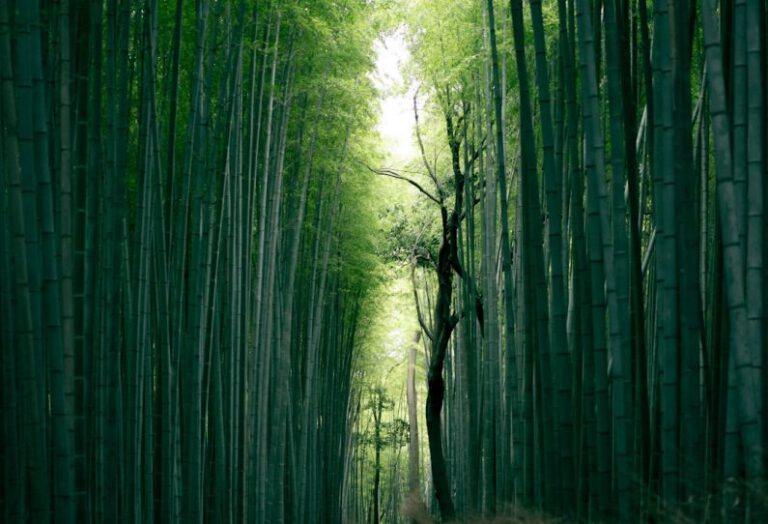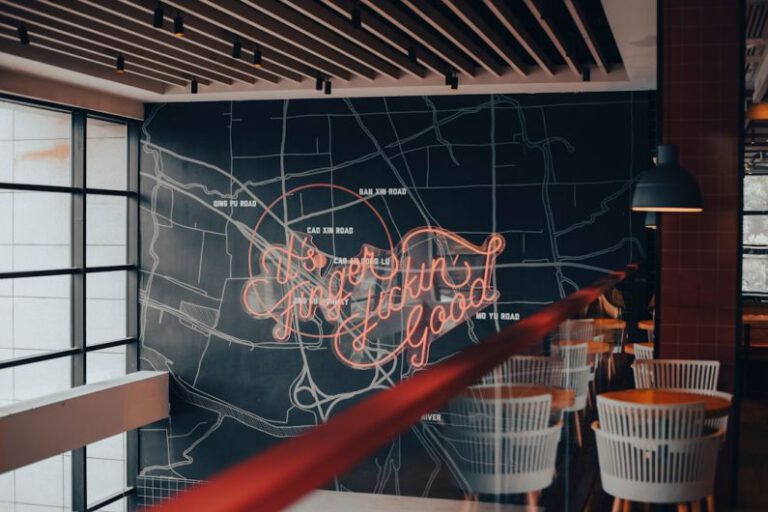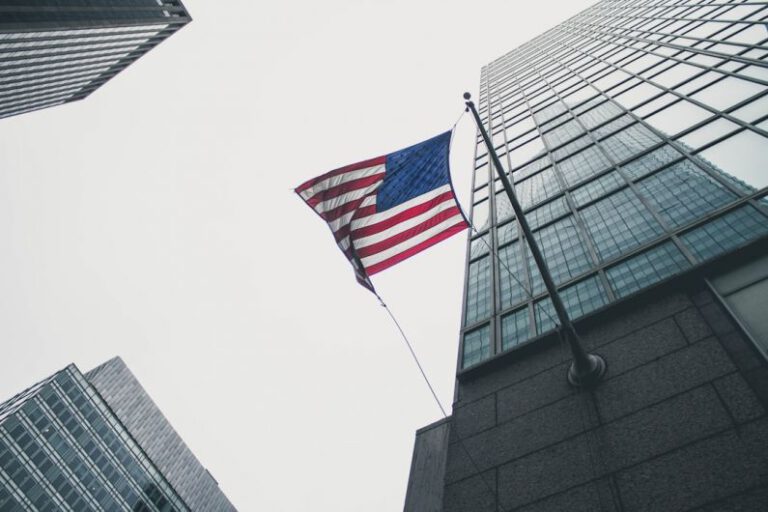Sky-high Gardens: the Vertical Forests of Milan
Nestled in the heart of Milan, Italy, stand two iconic high-rise structures that have redefined the concept of urban green spaces: the Bosco Verticale, or Vertical Forest. These architectural marvels have captured the world’s attention with their innovative design, blending lush vegetation seamlessly with modern skyscrapers. Let’s delve into the captivating world of sky-high gardens and explore how these vertical forests are shaping the future of urban living.
Green Oasis in the Concrete Jungle
As urban centers continue to expand and green spaces dwindle, the need for innovative solutions to combat pollution and enhance quality of life becomes increasingly crucial. The Bosco Verticale, conceived by Italian architect Stefano Boeri, offers a visionary approach to urban sustainability by integrating nature into the fabric of high-rise living.
Rising 111 meters and 76 meters, the two residential towers are adorned with a staggering 900 trees, 5,000 shrubs, and 11,000 perennial plants, creating a green oasis in the midst of the bustling city. Each plant was carefully selected to provide biodiversity, improve air quality, and regulate temperature within the buildings, effectively reducing energy consumption.
An Urban Jungle Paradise
As residents gaze out from their balconies, they are met with a mesmerizing sight: a vertical forest that not only enhances the aesthetic appeal of the buildings but also fosters a sense of tranquility and well-being. The lush foliage not only provides shade and privacy but also serves as a natural sound barrier, shielding inhabitants from the cacophony of urban life below.
Walking through the corridors of the Bosco Verticale feels like strolling through a jungle paradise, with the symphony of rustling leaves and birdsong replacing the usual urban soundtrack. The buildings have become a sanctuary for a variety of bird species and insects, creating a harmonious ecosystem that thrives amidst the concrete jungle.
Sustainable Living at its Finest
Beyond their aesthetic appeal, the Vertical Forest towers stand as a testament to sustainable architecture and eco-friendly living. The vegetation on the façade of the buildings acts as a natural filter, capturing dust and absorbing carbon dioxide, thereby purifying the air and mitigating the impact of pollution on the environment.
Moreover, the plants help to regulate the temperature inside the buildings, reducing the need for excessive heating and cooling systems. This not only decreases energy consumption but also lowers utility costs for residents, making sustainable living more accessible and affordable.
A Blueprint for Future Urban Development
The success of the Bosco Verticale has inspired architects and urban planners worldwide to rethink the way we design cities of the future. By incorporating vertical forests into high-rise structures, we can create a more sustainable and livable environment for inhabitants while combating the adverse effects of climate change.
As urbanization continues to accelerate, the need for green spaces within cities becomes more pressing. Vertical forests offer a practical solution to this challenge, transforming concrete skyscrapers into vibrant ecosystems that benefit both humans and the planet.
In Conclusion: A Green Revolution in the Sky
The Vertical Forest towers in Milan serve as a beacon of hope for a greener, more sustainable future. By harmoniously blending nature with architecture, these innovative structures demonstrate that urban living can coexist harmoniously with the natural world. As we look to the future, the sky-high gardens of Milan stand as a testament to the power of design to create a more balanced and environmentally conscious society.






